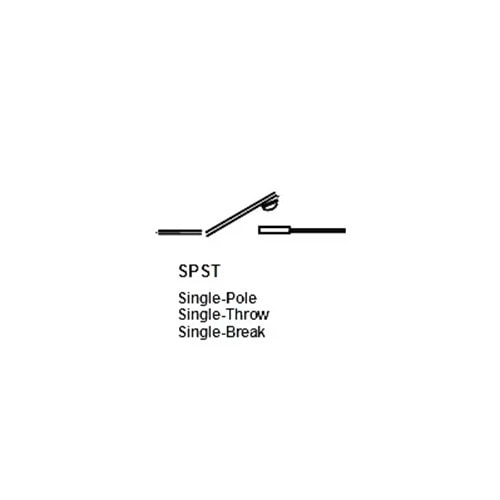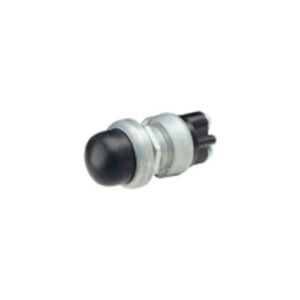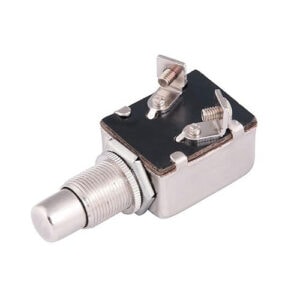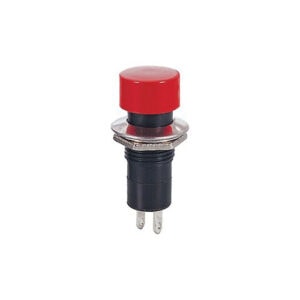A toggle switch is a type of electrical switch that uses a lever or handle to control the flow of electricity. It’s commonly found in various applications, from household appliances to industrial equipment, and is characterized by its manual operation, switching between two distinct positions (usually “on” and “off”).
Manual Operation:
Toggle switches are operated by physically moving a lever or handle, providing a tactile way to control the circuit.
Two Positions:
They typically have two positions, commonly labeled “on” and “off,” which correspond to the connection or disconnection of the electrical circuit.
Mechanical Mechanism:
Inside the switch, a lever is connected to a mechanism that moves internal contacts, either connecting them to allow current flow or separating them to interrupt the circuit.
Versatility:
Toggle switches are available in various sizes and configurations, making them suitable for a wide range of applications, from miniature switches on electronic devices to larger switches in industrial equipment.
How it works:
1. Actuator:
The lever or handle is the actuator, the part the user interacts with to control the switch.
2. Contacts:
When the lever is moved, it physically moves the contacts within the switch.
3. Circuit Connection/Disconnection:
The contacts are made of conductive material. When they are in contact, the circuit is complete, and electricity can flow. When they are separated, the circuit is broken, and electricity is blocked.
Examples of Applications:
Household appliances: Many appliances use toggle switches for power on/off control.
Industrial equipment: Toggle switches are used in conveyor belts, packaging machines, and other industrial control panels.
Automotive and marine applications: Toggle switches are used in vehicles and boats for various functions.
Electronic devices: Miniature toggle switches are used in telecommunications equipment, medical devices, and other electronics.
Function: Primarily used to switch electrical circuits on and off.
Terminology:
Normally Open (NO):
A push button where the circuit is broken when the button is not pressed and closed (circuit connected) when pressed.
Normally Closed (NC):
A push button where the circuit is closed (circuit connected) when the button is not pressed and broken (circuit open) when pressed.
SPST: Single Pole Single Throw
SPDT: Single Pole Double Throw
DPST: Double Pole Single Throw
DPDT: Double Pole Double Throw
PTM/RTB: Push To Make/Release To Break
These terms refer to the number of poles and throws in the switch, describing the electrical circuitry.
Features
- Type: Toggle Mini
- Dimensions: 27.3×8.2mm
- Amps: 3A
- Circuit: SPST
- Color: Silver
- Illumination: No
- Load Capacity: 125VDC,6A/220VAC,3A
- Mounting Type: Square Through Hole
- Mechanism Material: Metal
- Pole/Contacts: 2
- Throw/Positions: 2
- Switch Function: On/Off
- Termination Style: Solder Lug
- Voltage: 125VAC/220VAC
- Brand: E Auto
- Weatherproof: No
- Warranty: Yes







 Or as low as
Or as low as 









































































Reviews
There are no reviews yet